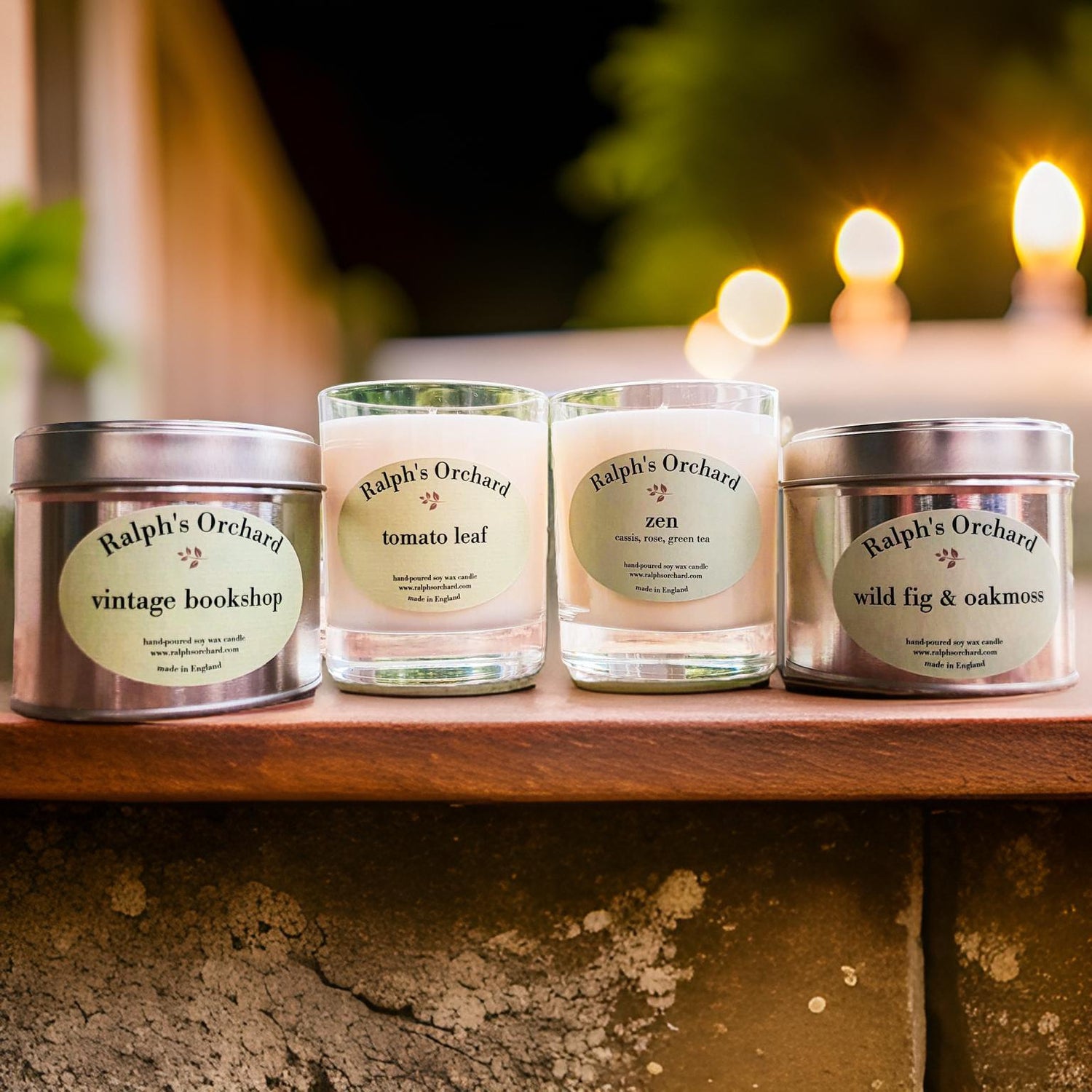
The Art of the Simmer Pot: A Natural Approach to Home Fragrance
In an age of candles, diffusers, and room sprays, there's something beautifully nostalgic and grounding about the humble simmer pot. Also known as stovetop potpourri, this age-old tradition is enjoying a revival in eco-conscious and scent-loving homes. But what exactly are simmer pots, and why might you want to add them to your seasonal self-care ritual?
What Is a Simmer Pot?
A simmer pot is a blend of natural ingredients like dried fruits, herbs, petals, and spices, gently heated in water to release their aroma into your home. Simply add the blend to a saucepan of water and allow it to simmer on low heat, filling the room with subtle, comforting fragrance.
Used for centuries across cultures, simmer pots were originally a way to freshen the air in homes before synthetic air fresheners existed. Today, they’re a beautiful way to connect with the seasons, shift your mood, or set a calming tone in your space.

Why Choose a Simmer Pot Over Other Fragrance Options?
Simmer pots offer a unique sensory experience that stands apart from candles, wax melts, and sprays. While each method has its charm, simmer pots have distinct qualities that make them worth trying:
Pros:
- 100% natural (when free from added oils) – our blends contain no synthetic fragrances, essential oils, or hidden ingredients
- Pet-friendlier than scented candles or diffusers (though still use caution)Visually beautiful – dried fruit slices, flower petals, and spices create a seasonal display
- Adjustable scent strength – simply add more or less water, or top up throughout the day
- Low waste – ingredients can often be composted after use
Considerations:
- Requires supervision (never leave a simmer pot unattended)
- Needs a stove or electric burner and occasional topping up
- The scent is more subtle and room-filling, not overpowering
Unlike diffusers or candles which are often designed to be ‘set and forget’, simmer pots invite you to slow down and engage with the moment - stirring the pot, topping up the water, and inhaling the evolving aroma.
The History and Cultural Roots of Simmer Pots
Simmering fragrant herbs in water is a practice that spans many cultures and centuries. In ancient Rome and Greece, aromatic herbs were boiled to scent homes and cleanse the air. Traditional Chinese medicine often used simmering infusions to support wellbeing. In the Middle East and Mediterranean, dried citrus peel, rose, and spices were long used to perfume the home naturally.
Though not always called 'simmer pots', these practices laid the foundation for what we now recognise as a wholesome, handmade method for bringing comfort into our homes.
How to Make Your Own Simmer Pot Blend

Creating your own blend is simple and allows you to tailor scents to your mood or the season. Here are a few ideas:
- Spring: Dried lemon, lavender, rose petals, chamomile, and thyme
- Summer: Orange or lime slices, calendula petals, hibiscus, rosemary
- Autumn: Apple slices, cinnamon sticks, cloves, bay leaf, star anise, sage
- Winter: Cranberries, orange peel, pine needles, cinnamon, star anise
Add a handful of your chosen ingredients to a pot of water, bring to a gentle simmer, and enjoy the unfolding scent.
Or Try Our Ready-Made Blends
If you'd prefer something beautifully balanced and ready to go, our Seasonal Simmer Pot Blends are hand-packed with real botanicals, housed in compostable cotton bags, and available in four unique seasonal scents. They make thoughtful gifts, eco-conscious home fragrance alternatives, and a lovely way to reconnect with the natural rhythms of the year.
Conclusion: A Simple Ritual for Scent and Slow Living
Simmer pots aren't just about fragrance - they’re about intention. They're a moment to pause, to breathe, and to fill your home with warmth and character. In a world full of plug-ins and sprays, the simmer pot offers a return to something slower, more seasonal, and wonderfully natural.
Whether you craft your own or explore our handmade blends, there's joy to be found in the gentle art of the simmer pot.

